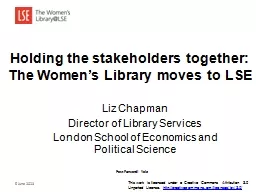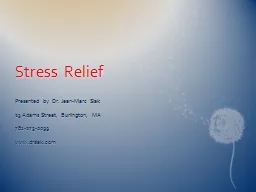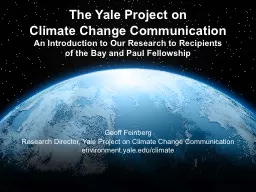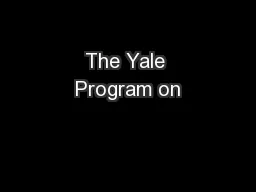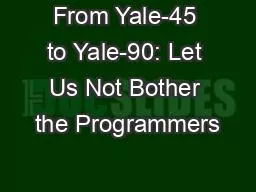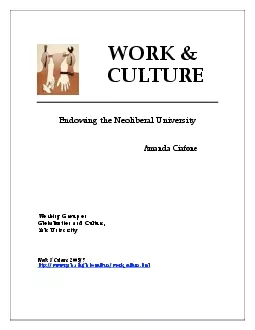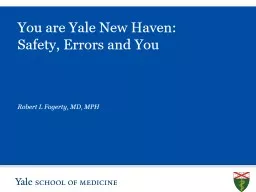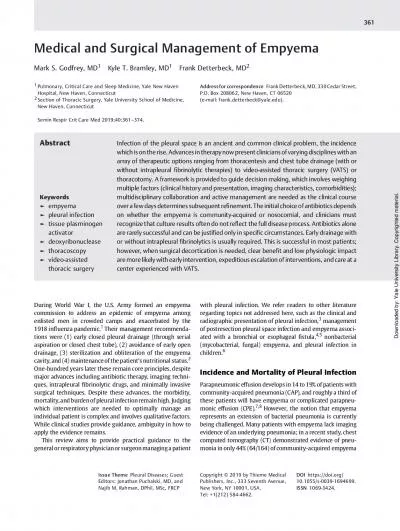PDF-The Yale Law Journal
Author : everly | Published Date : 2022-09-02
Volume 91 Number 1 November 1981 You Can Call It Thucydides or You Can Call It Mustard Plaster But Its All Proximate Cause Just The Same Guido Calabresit Yes Jimmy
Presentation Embed Code
Download Presentation
Download Presentation The PPT/PDF document "The Yale Law Journal" is the property of its rightful owner. Permission is granted to download and print the materials on this website for personal, non-commercial use only, and to display it on your personal computer provided you do not modify the materials and that you retain all copyright notices contained in the materials. By downloading content from our website, you accept the terms of this agreement.
The Yale Law Journal: Transcript
Download Rules Of Document
"The Yale Law Journal"The content belongs to its owner. You may download and print it for personal use, without modification, and keep all copyright notices. By downloading, you agree to these terms.
Related Documents


